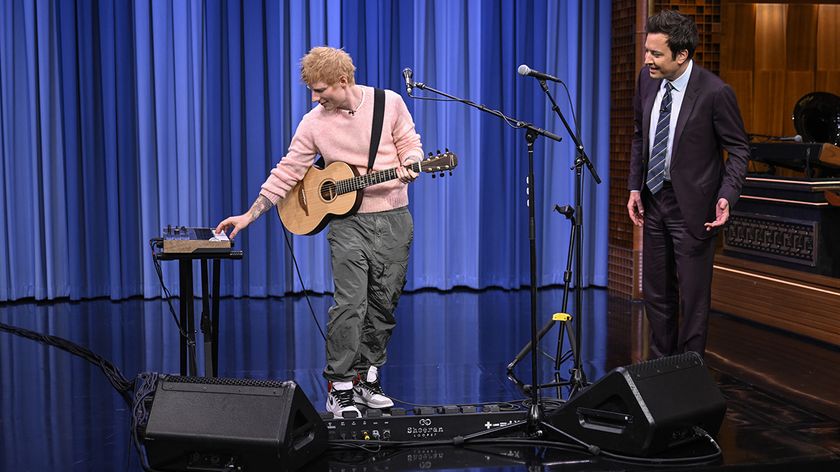The easy guide to music theory: working with triplets
Because three into two does go
A triplet rhythm is one in which there are three beats taking up the space normally occupied by two. Triplets work great for incidental fills, but you can also base a song’s entire rhythm around them.
One of the main theories as to why most Western music currently bases its rhythmic meter around multiples of two relates to the natural rhythm implanted in our collective consciousness by the fact that we humans walk on two feet.
The two-beat rhythm of a person walking can be broken down by fitting two smaller sub-beats into the space occupied by each of the two larger ones, creating a pattern of four beats to the bar that almost all dance music is now based on.
Ever since the first music drifted into being, though, composers have been seeking out variations in rhythm to break out from this regularity, adding a more dynamic tinge to the basic 1-2-3-4 feel of ‘standard’ music.
One of the more popular variations is to divide the gap between two beats into groups of three sub-beats rather than two. The triplet rhythm that results forms the basis and adds flavour to countless varieties of tunes, from traditional, violin-driven Anglo-Celtic folk music, right up to current genres such as dubstep and house.
The musical device we’re going to have a look at this month is one of the simplest but most effective ways of injecting rhythmic variation and interest into your music - get to know triplets and spice up your tunes right away!
Get the MusicRadar Newsletter
Want all the hottest music and gear news, reviews, deals, features and more, direct to your inbox? Sign up here.
Computer Music magazine is the world’s best selling publication dedicated solely to making great music with your Mac or PC computer. Each issue it brings its lucky readers the best in cutting-edge tutorials, need-to-know, expert software reviews and even all the tools you actually need to make great music today, courtesy of our legendary CM Plugin Suite.

“A musical style, defined by plaintiffs as ‘pop with a disco feel’, cannot possibly be protectable”: Dua Lipa wins victory in Levitating court case as judge rules that there is no copyright infringement

“At the time, I wasn't, like, the coolest kid, and people didn't want to be in a band with me”: Ed Sheeran explains why he started using looper pedals, then demonstrates one by performing a number one hit that he wanted to give to Rihanna











